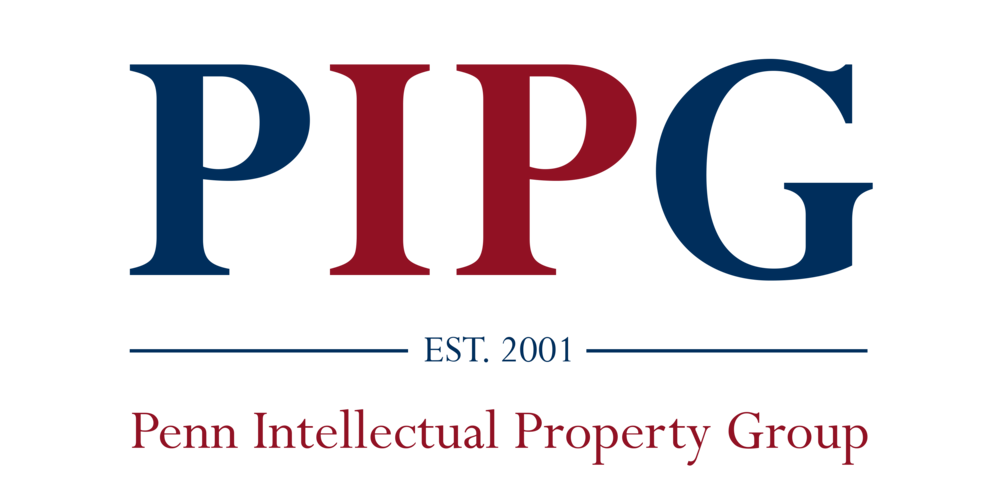By Weining Bai, Penn Law ‘16 In the event that you’re not fluent in I.P. law jargon, and for some reason happen to be reading this, how does the term “patent assertion entity” grab you? Most will probably find the term neutral or perhaps even constructive, and have no idea what it means. Google it, and one of the top results you will see, is the link to the Wikipedia entry for “Patent Troll.” Now that probably sounds much more familiar.
A patent assertion entity, or PAE, is a neutral alternative phrase embraced by those who are not yet thoroughly convinced that organizations this term describes warrant the unfriendly label of “troll.” A PAE essentially owns patents and does not practice those patents but enforces those patents, making its money through litigation, or, more often, settlements.
PAEs have also recently assumed the role of the Scourge of innovation and competition, being widely blamed by public officials and academics for “economic waste” through frivolous litigation and settlement expenses. The magic number floating around is $29 billion – the direct cost that PAEs imposed on U.S. bodies in 2011 according to a BU Law study. In the PAEs’ opposing corner now stand the FTC, bipartisan members of Congress, and the president of the United States. In a forceful White House press release, the president accused that PAEs “hijack somebody else’s idea and see if they can extort some money out of them.” The previous entry on this blog by Ms. Craning-Rush details the pending executive and legislative measures aimed at PAEs.
However, there remain some who have not fully committed to membership in the anti-Troll lynch mob. In a recent speech this summer, FTC Commissioner Maureen Ohlhausen approached the issue from a more neutral perspective, noting that PAEs offer the means to resolve a “market inefficiency,” namely, large companies who infringe on IP rights of those who don’t have the resources to operate a business while litigating to protect their own IP rights. The Commissioner’s words echo the sentiment of a “troll” himself, CopyTele CEO Robert Berman, who claims that the patent inventors whose rights he enforces do not consider themselves cheated. But rather, they are “Davids” who don’t have the resources to individually litigate against the “Goliaths” who either “steal” IP rights, or use a stronger bargaining position to “bully” their way to cheaper buyout of smaller inventors’ IP rights.
Perhaps one PAE executive likening his own work to Biblical heroes isn’t dispositive of much, but his message seems to hold more water when one examines the special interests who have lobbied for and jumped to applaud these pending anti-Troll measures – Google, Apple, Samsung, Oracle, Nokia …. The list certainly invokes plenty of tech Goliaths. Granted, a tech corporation’s wealth should in no way disqualify it from legislative protection against frivolous lawsuits. However, this does suggest that the pro-troll argument perhaps holds some water after all.
Further, it remains to be settled whether the current public image of PAEs as extortionists who leverage litigation costs for profit, is based more on anecdotal or empirical evidence. A report released by the Government Accountability Office concluded that only around 20% of patent suits are brought by PAEs. Also, some new empirical research has denounced the patent troll “myth,” instead attributing the explosion in patent litigation to other factors such as procedural changes required by the America Invents Act or the raw increase in the overall pool of patents and patentees. Further, patent economists have also noted the difficulty in categorizing many participants in the secondary market for patents into the sort of “trolls” described by the popular media.
If we rush to arm the anti-Troll interests with the full package of legislative and administrative weapons on their wish-list, we subject innovation to a double-edged sword. Heightened requirements for pleading specificity, more latitude on attorney fee shifting, and stricter limits on discovery will all undoubtedly deter frivolous lawsuits. But such procedures can easily deter legitimate ones as well. If the PAE business model is fully dis-incentivized, it remains inconclusive whether small inventors and start-ups will benefit on the net. The only ones who seem guaranteed to be popping champagne are the tech Goliaths.
Not too long ago, special interest empiricism convinced plenty of politicians and the public that greedy “ambulance chasers” were a leading cause for the rising cost of healthcare. Decades later, empirical research from health economists has largely debunked the importance of malpractice litigation to health care expenses. Nevertheless, the anecdotal evidence of “ambulance chasing” and its evils was posited to elicit substantive tort reform, promising to turn the tide on America’s rising health care costs. This time, shouldn’t patent economists have a chance to at least put more numbers and variables on both sides of the equation, before we fully commit to the warpath against the Trolls?

